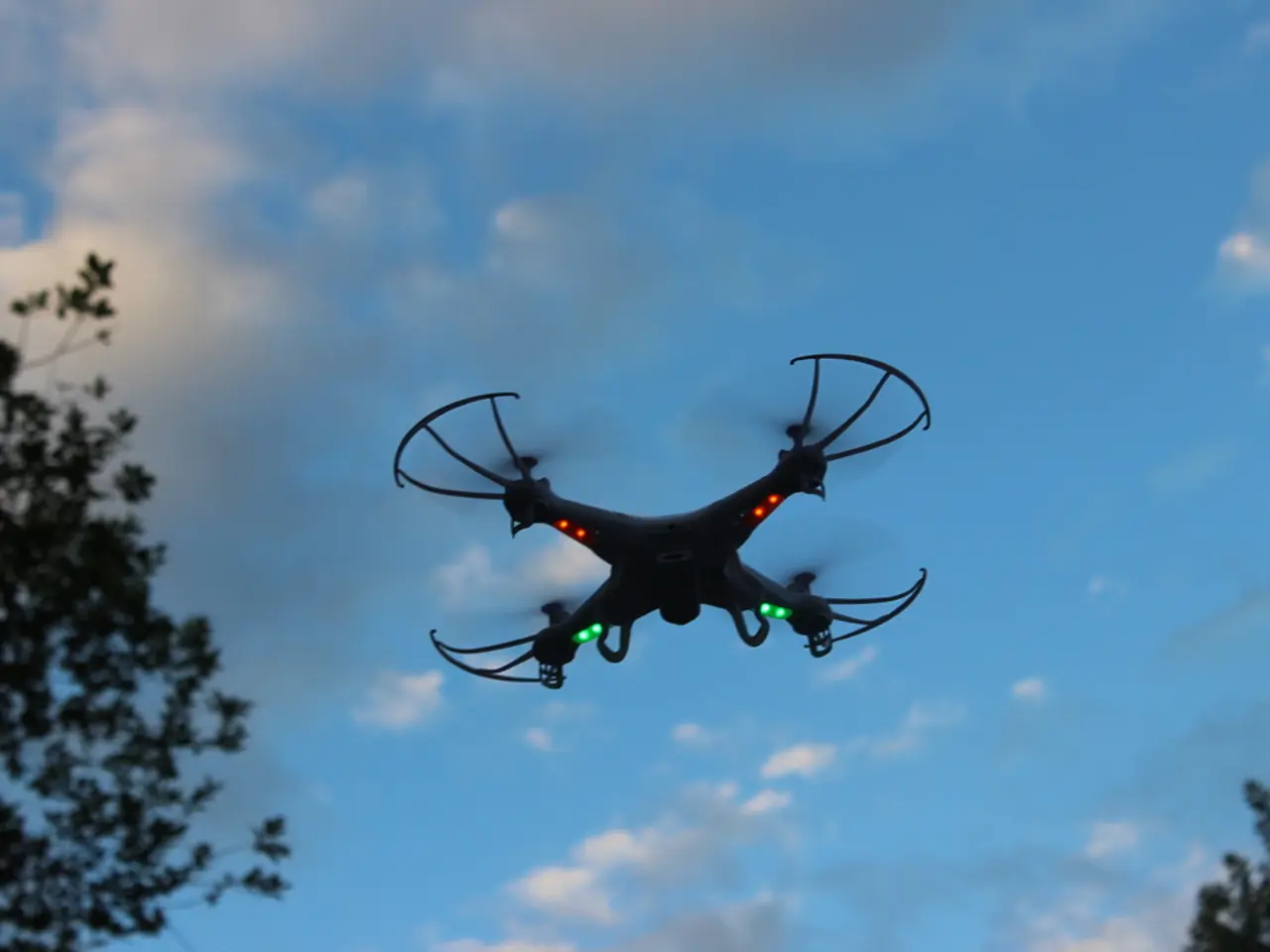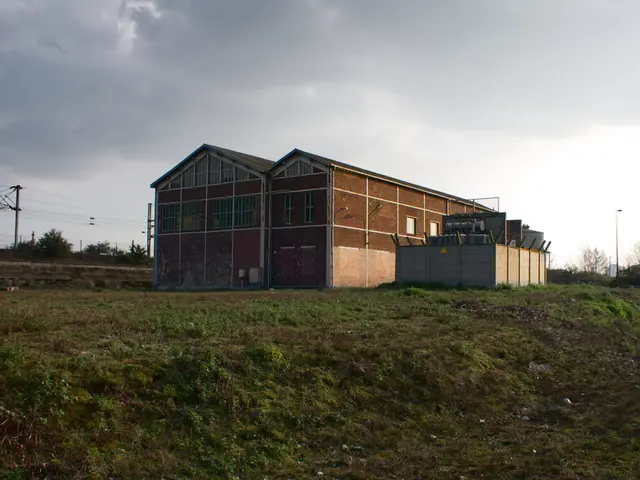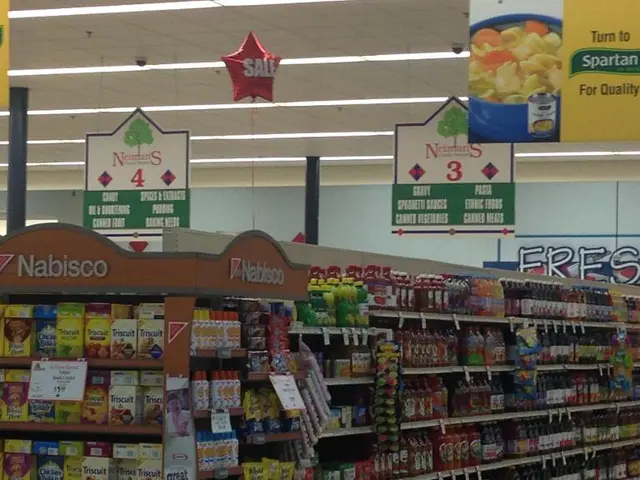Beyond Line of Sight (BLOS) explanation and functionality
Beyond Line of Sight (BLOS), or Beyond Visual Line of Sight (BVLOS), drone operations are a significant advancement in the drone industry, enabling drones to conduct missions without the need for constant visual contact with the pilot. This technology is essential for commercial applications such as inspection, delivery, agriculture, and emergency response.
Global Regulations
BLOS drone operations are tightly regulated globally, with varying regulations and requirements depending on the region and airspace context.
United States
In the United States, most drones cannot legally fly BVLOS without obtaining individual waivers from the Federal Aviation Administration (FAA) under Part 107 rules. The FAA is working towards a comprehensive BVLOS rule (anticipated as Part 108) that would enable routine BVLOS flights without case-by-case waivers.
Canada, UK, European Union, and Other Regions
While specific details vary, these regions typically require authorization or waiver from their respective national aviation authorities before conducting BVLOS flights. They also mandate remote ID broadcasting and real-time airspace situational awareness.
Common Global Themes
Safe BVLOS operations hinge on technology capable of detecting and avoiding other airspace users autonomously. BVLOS drones must be integrated into civilian airspace with remote ID and compliance with airspace restrictions. Regulatory approvals currently favor BVLOS operations in low-population or rural areas, shielded environments, emergency responses, or where approved corridors exist. Enhanced pilot competency and operational protocols, including ground-based visual observers under some “extended visual line of sight” (EVLOS) rules, are often mandated.
Key Requirements and Limitations
Regardless of the region, BVLOS flights are subject to strict requirements on technology, airspace integration, and safety protocols. A summary table of BVLOS regulatory requirements by region is provided below.
| Region/Authority | BVLOS Permission Method | Key Regulations/Requirements | Operational Limitations/Notes | |-----------------------|------------------------------------------------|---------------------------------------------------|-------------------------------------------------------| | United States (FAA) | Part 107 waivers, approved corridors, test sites; pending Part 108 rule | Detect-and-avoid systems; secure comms; pilot training | Visual line of sight rule still primary; waivers required; emergency use exceptions | | Canada, UK, EU | National aviation authority waiver/authorization | Remote ID, airspace awareness, corridor/test site use | BVLOS legally limited to approved operations | | Various other regions | Similar waiver or certification process | Often includes detect-and-avoid and situational awareness | Operations typically limited to safe airspace segments |
In conclusion, routine BVLOS drone flights currently remain restricted worldwide, requiring regulatory approval, technology demonstrations, and operational safeguards. The U.S. is actively progressing regulatory frameworks to support scalable BVLOS drone operations, though key rules remain pending as of mid-2025. In all regions, BVLOS flights are subject to strict requirements on technology, airspace integration, and safety protocols.
Jacob Stoner, CEO of Flyeye.io, is a licensed commercial drone operator in Canada. He has a keen interest in the potential societal impact of drone technology advancements. A utility company is using BLOS for a drone inspection of a transmission line across mountains, demonstrating the practical applications of this technology. Only enterprise-level or government-approved drones can perform BLOS flights under current regulations. The drone follows a pre-approved flight plan and captures thermal and visual data. Detect-and-Avoid Technology is used in BLOS to identify obstacles and avoid collisions, even without a visual observer. BLOS can also be used in Search and Rescue to locate missing persons in forests, mountains, or disaster zones.
[1] FAA BVLOS Fact Sheet [2] FAA BVLOS FAQ [3] FAA BVLOS Waiver Information [4] Transport Canada BVLOS Information [5] White House Executive Order on Promoting American Leadership in Artificial Intelligence
- In the discussion of regulatory considerations for Beyond Line of Sight (BVLOS) drone operations, it's evident that the aerospace industry, alongside data-and-cloud-computing and technology sectors, play key roles in meeting stringent requirements for data security, autonomous obstacle detection, and airspace integration, as shown in the FAA BVLOS Fact Sheet.
- The integration of BVLOS drones into civilian airspace involves financial implications, potentially opening new avenues for the finance sector, especially in commercial applications like inspection, delivery, and emergency response, as highlighted in the White House Executive Order on Promoting American Leadership in Artificial Intelligence.








